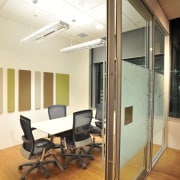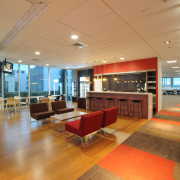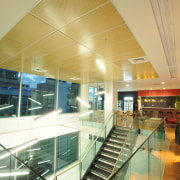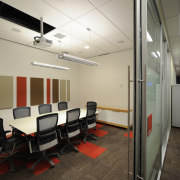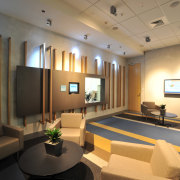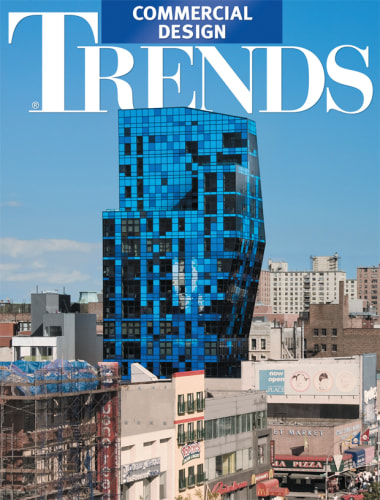Capital venture
Not all offices are created equal, but by focusing on good design you can make an investment in your staff and clients, and in some cases, the environment as well
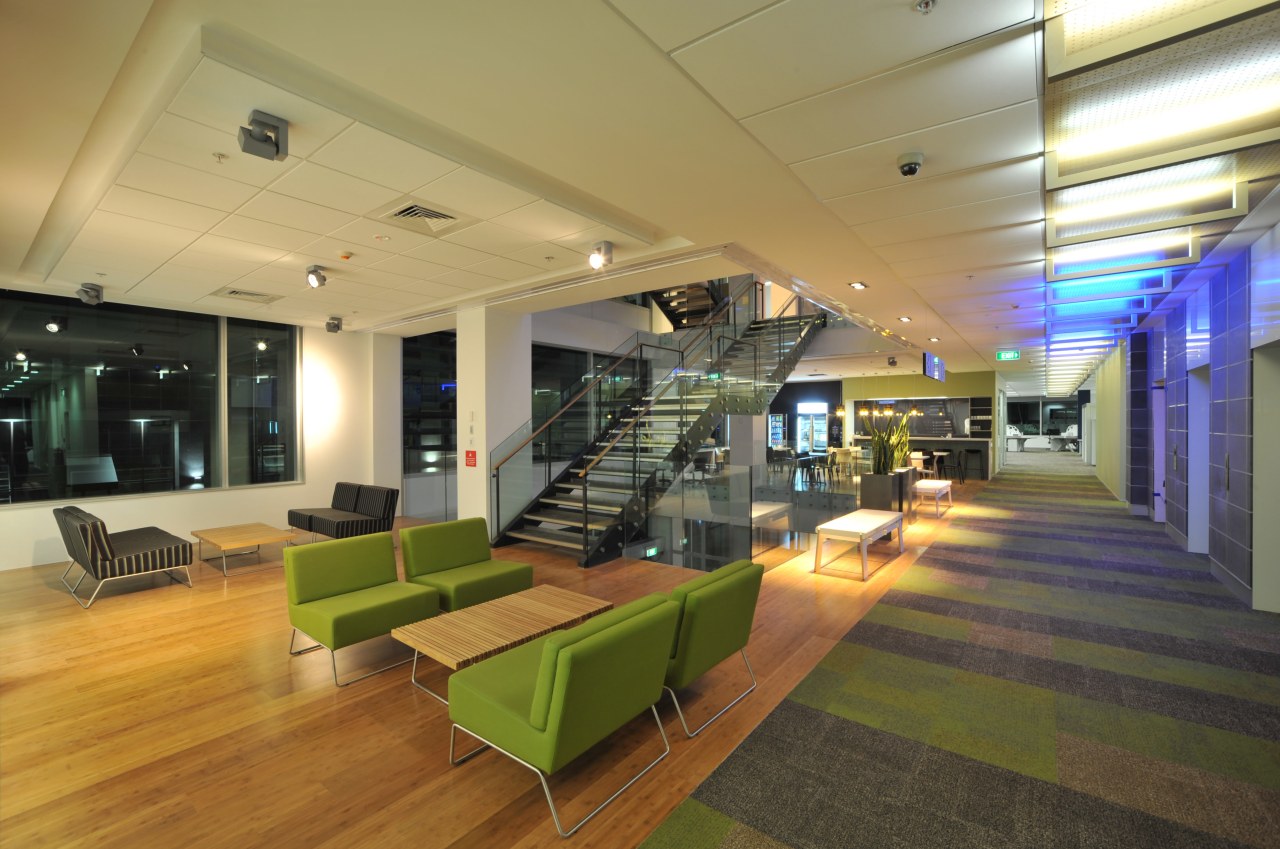
It's a fairly rare occurrence for a company to embark on an office upgrade. For some, it's perhaps a once-in-a-decade phenomenon, for others, even less. It's rarer still for a firm to upgrade its various premises concurrently, across a number of new builds.
However, such is the situation for BNZ. The bank has recently occupied new office space at Auckland's Quay Park, and is due to relocate to new premises in Wellington and Auckland next year. Reasons for such a large-scale exodus from existing office stock are numerous, but a desire to reduce the overall number of tenancies from ten down to four is significant. Meeting environmental standards has grown increasingly important, and positioning staff in A-grade office space is also a priority.
"The office environment clearly influences business performance and the way in which we work", says Adam Bennett, BNZ General Manager, Banking Delivery Services. "Teamwork and collaboration are key principles for us, so increasingly we're looking to our office space to maximise our ability to work together, across departments and disciplines for the benefit of our customers, our people and the bank. Quay Park and our other new sites have all been developed with these principles in mind."
The goal of enablement creating methods that enable staff to better meet customer expectations was clear from the outset and extended across all of these projects, says Tim Hooson of Jasmax.
"This project, and the others we are undertaking with BNZ, was two-and-a-half years in the planning, before any fit-out or building work began," he says.
"The bank had two options. It could stay at its existing tenancies and upgrade. Obviously, noise and other interruptions would be disruptive to staff, so that wasn't the ideal choice.
"On the other hand, it could step into fresh, new premises utilising the latest technology and systems. That can be a motivating experience. If you want to offer customers a holistic and effective package, then you need to consolidate and align your workforce, and give people what they need to work effectively."

The early period of the architect/client relationship involved comprehensive strategic planning: developing, researching and investigating methods, systems and working styles that the bank was already using successfully, or to which it aspired.
Planning began at an executive level before filtering down through other workgroups. The bank's parent company, NAB, had clear environmental objectives arising out of its commitment to be carbon neutral by 2010. As part of that commitment, BNZ has brought in a range of sustainability initiatives aimed at reducing energy use, paper and waste.
At the same time, the bank implemented a procurement policy with special focus on suppliers meeting environmental and social responsibility regulations. This clear commitment to the principle of carbon neutrality laid the foundation for consultation with staff, where the strong desire to focus on environmentally sustainable design principles really escalated.
"Large corporations can be incredibly influential," says Hooson. "Trying to adjust to a more sustainable lifestyle can seem like a futile exercise to one person at home. But when you have something in the order of 2000 staff members, a shift in culture can have a considerable effect."
BNZ Quay Park is a pilot project which will help the New Zealand Green Building Council define its Green Star Rating tool for office interiors. The base building has a 5-Star Green Star NZ Office Design V1 rating and BNZ have targeted their interior works to achieve a 5-Star Green Star NZ Office Interior rating.
Sourcing materials and products that meet green rating standards provided a new set of challenges, says Julia Vercoe, project manager for BNZ, whose role also involved evaluation and selecting preferred suppliers.
"The bank's commitment to achieving carbon neutrality was the principle underlying the fit-out," says Vercoe. "So the task was investigating what a particular supplier's environmental policies were, requesting information and proposals, and evaluating them all. A number of key suppliers had already embraced what we were trying to achieve, while others were just starting down the ISO route.

"Our procurement policy underpins our desire to reduce the bank's carbon footprint and we're continually looking at opportunities to work with suppliers who will help us do that. Since we've been through the tender process, what's been encouraging is that a number of companies have been in touch to let us know that they have developed new strategies with respect to sustainable products and materials."
ESD features at Quay Park include arrangement of workspaces around the perimeter for optimum access to natural light, dimmable lighting, shower facilities, waterless urinals, rainwater collection and bike cages.
That arrangement of work spaces is a direct reference to the campus-style layout. Common areas on all floors are set around a central staircase: employees on each floor are within easy contact of 75% of the rest of the workforce.
"BNZ's new buildings are not identical, but what's common is the experience they provide, the service and the level of amenity," says Shirley Chin, associate director at Jasmax. "The active spaces contrast with the quiet work areas. Rather than confusing the work environment with other activities, the active areas are centred in one place."
"It's rather like a city," says Hooson. "A successful city features a concentration of energy in one place, which is in essence what this interior does.
"The key goal is to deliver to clients and meet client expectations, so a level of seriousness is required. Clients aren't asking staff to have fun on their behalf."
Says Chin, "The work environments enable a number of different working styles. There's not one system to suit everybody. The question has to be, what does each workgroup need to be most effective? There are similar technological backbones across the various groups, but each has tailored solutions."
Story by: Trendsideas
Home kitchen bathroom commercial design
Reflection and repose
9 tile shapes and finishes that think outside the square
White cloud, blue sky

